The hush of an empty gallery

I like to say, quite often, that I love empty museums. This feeling is fraught with conflict, as museums are ultimately businesses that require patrons (and their money) in order to continue functioning, so a museum that is perennially empty is a museum that could potentially face closure. Let me say, then, that I enjoy visiting museums on days (or seasons) when there are fewer visitors, and thus I get to enjoy the (justifiably) emptier spaces at my own pace.


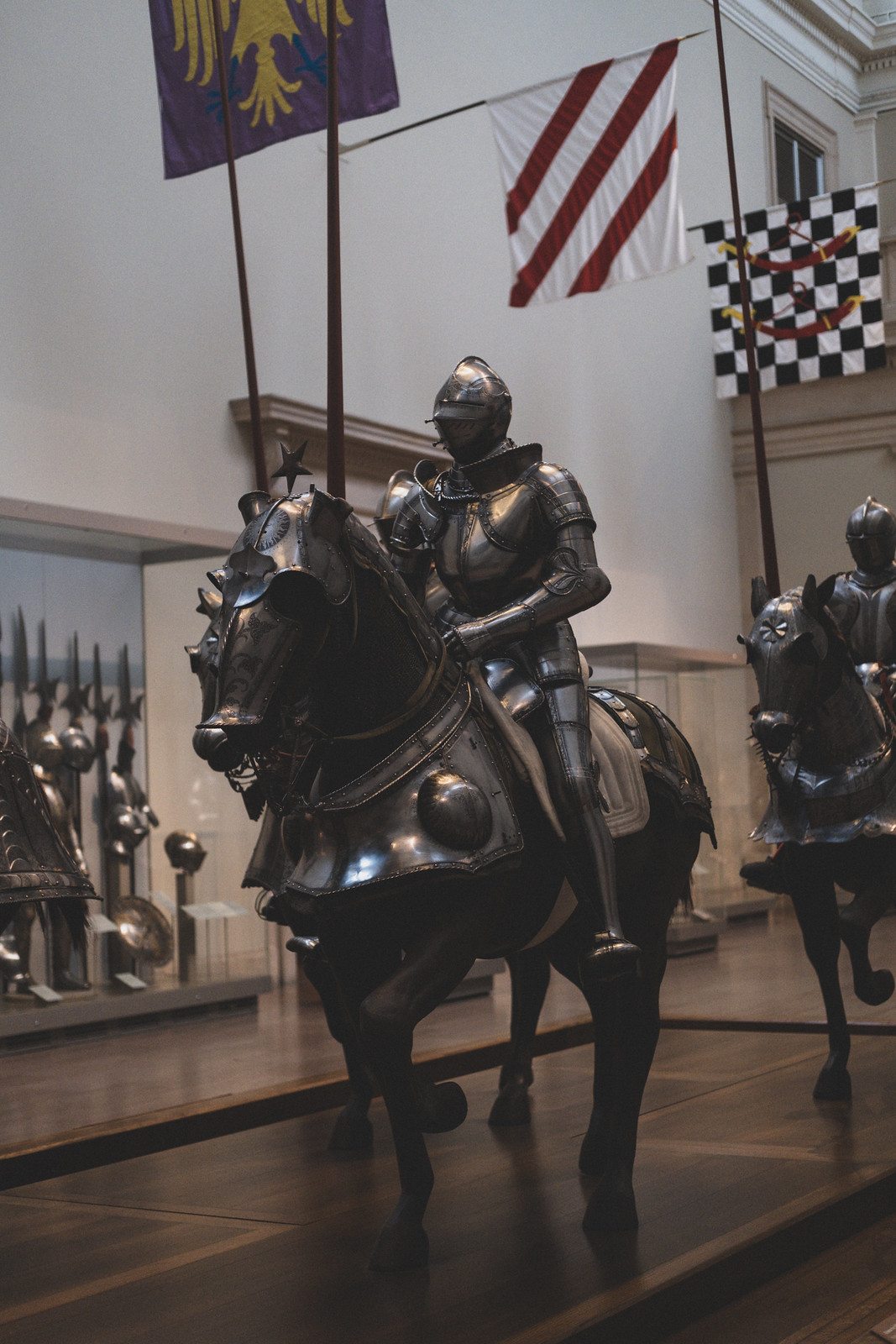
The Metropolitan Museum of Art in New York is, as I’ve mentioned before, the largest museum in the Western Hemisphere, which makes it quite difficult to actually come across any galleries while they’re empty… unless you happen to be lucky enough to visit while the museum is closed 😉



This absolute gorgeosity of a painting was created by Sir Frederic Leighton in 1895. While it disappeared for a time during the 1930s, it was rediscovered in the 1960s and purchased by the Museo de Arte de Ponce, which is located in Ponce, Puerto Rico. This museum is considered to host the most important collection of European art in Latin America. The painting is currently on loan at the Met due to the ongoing repairs at the Museo de Arte de Ponce after the earthquake of 2020, though it is set to return home in February.

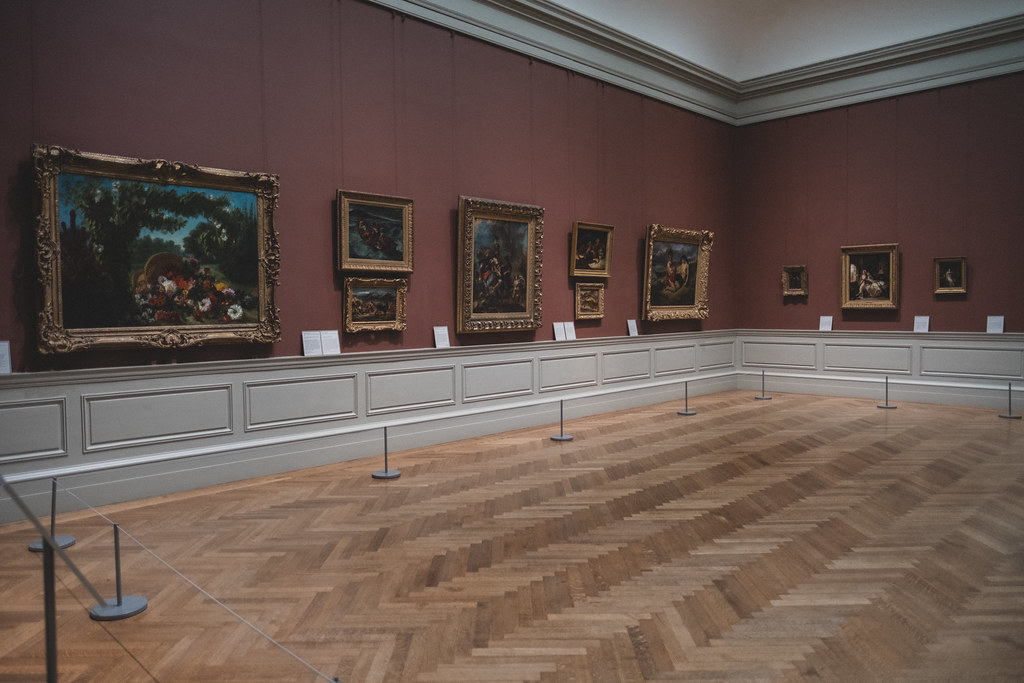







Also on loan from the Museo de Arte de Ponce, Sir Edward Burne-Jones completed these paintings between 1871 and 1873. Known as the Small Briar Rose series, they depict scenes from the tale of Briar Rose, also known as Sleeping Beauty, mostly focusing on members of the court having fallen into an inescapable slumber until the prince can reach the titular character and kiss her awake once more.

The series served as a precursor to another series on the same subject (The Legend of Briar Rose), which he completed nearly twenty years later, and which are currently held at the country house of Buscot Park in Oxfordshire, England.



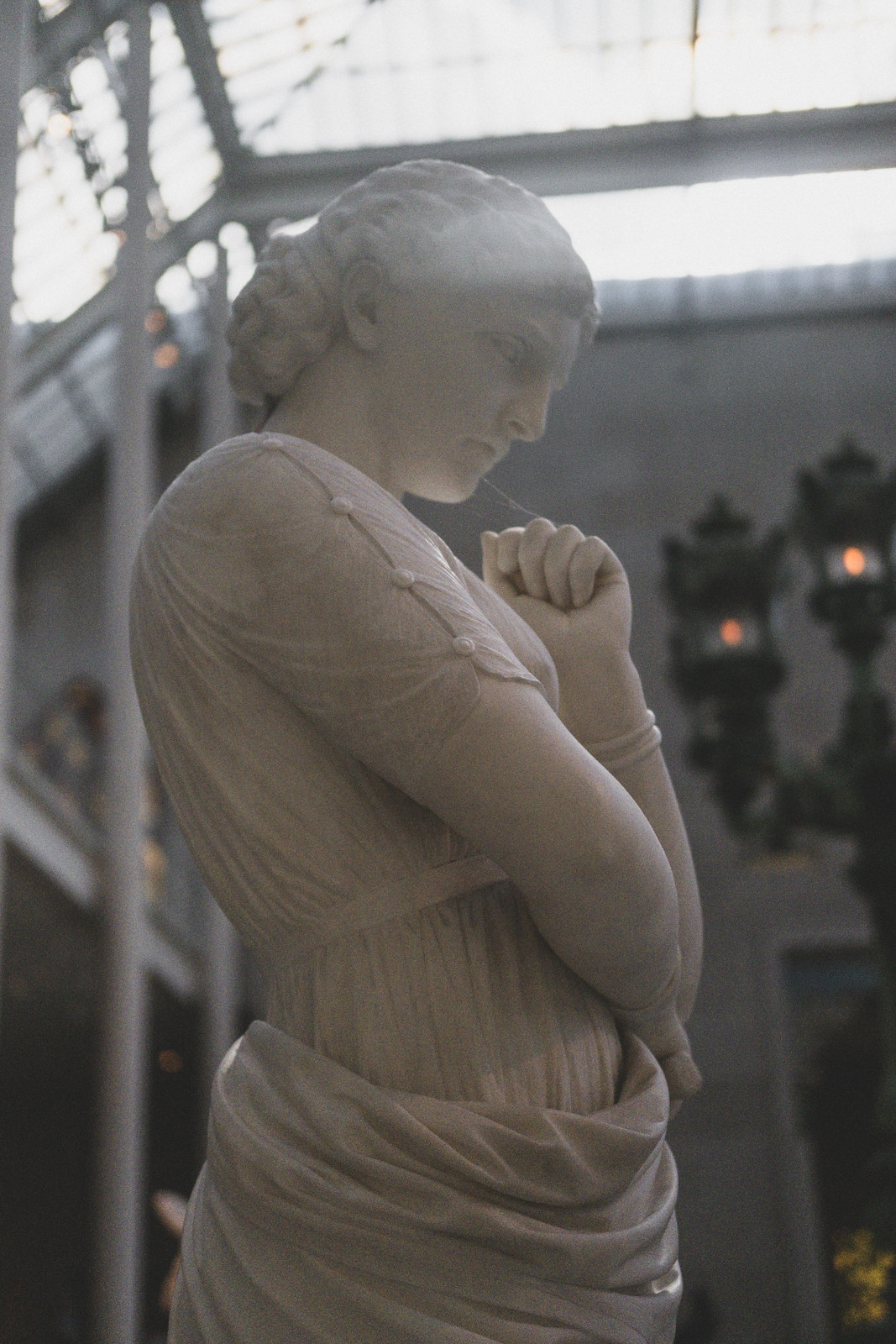



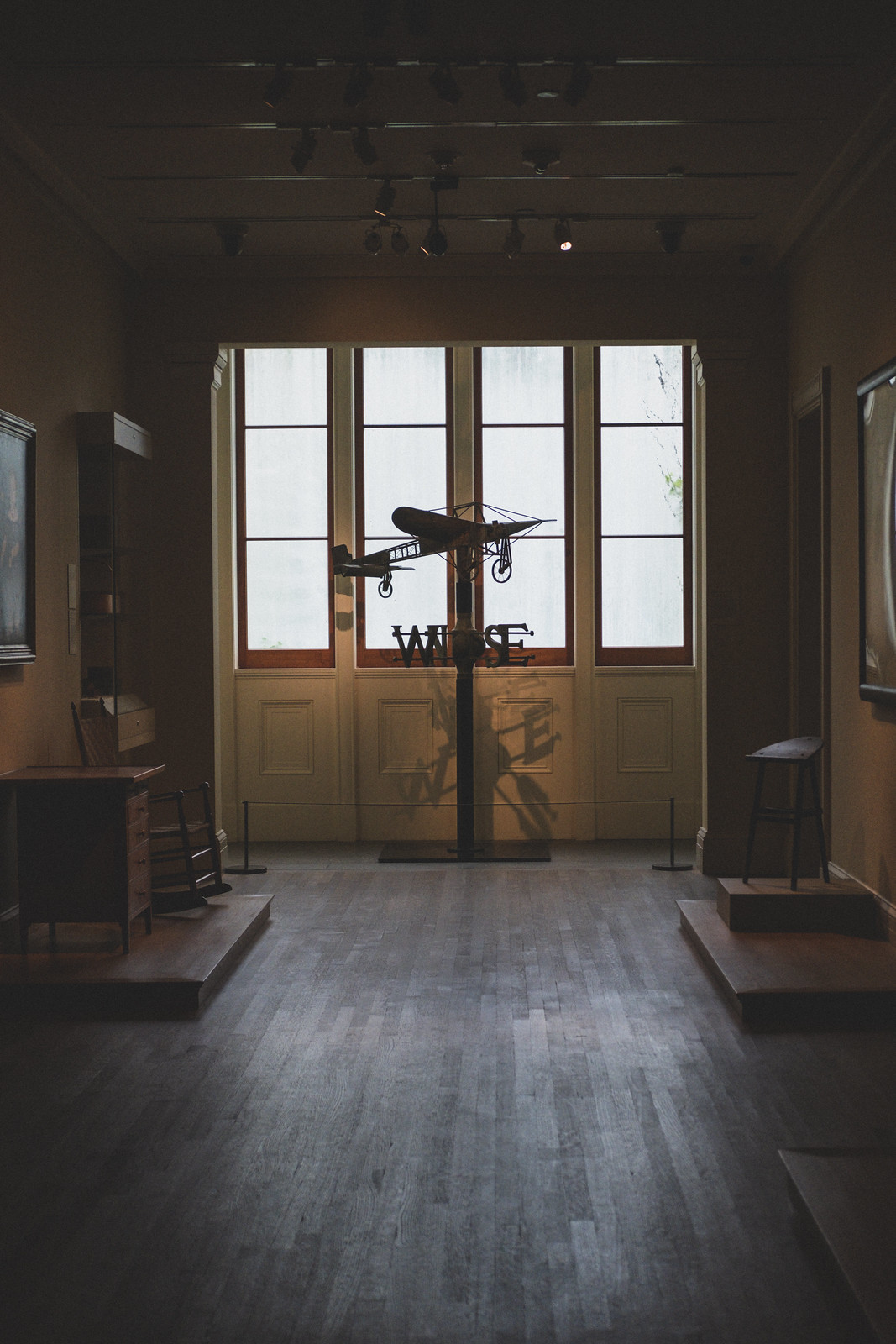


Part of the Medieval Art collection, the Met’s collection of Byzantine Art spans several galleries filled to the brim with a variety of objects, from illuminated manuscripts to icons and jewelry. My obsession with Byzantine art is well-documented (some examples include the Byzantine and Christian Museum in Athens, the mosaics at Ravenna, and the monasteries at Meteora), so I absolutely took advantage and spent way too much time admiring all there is to see in these galleries.

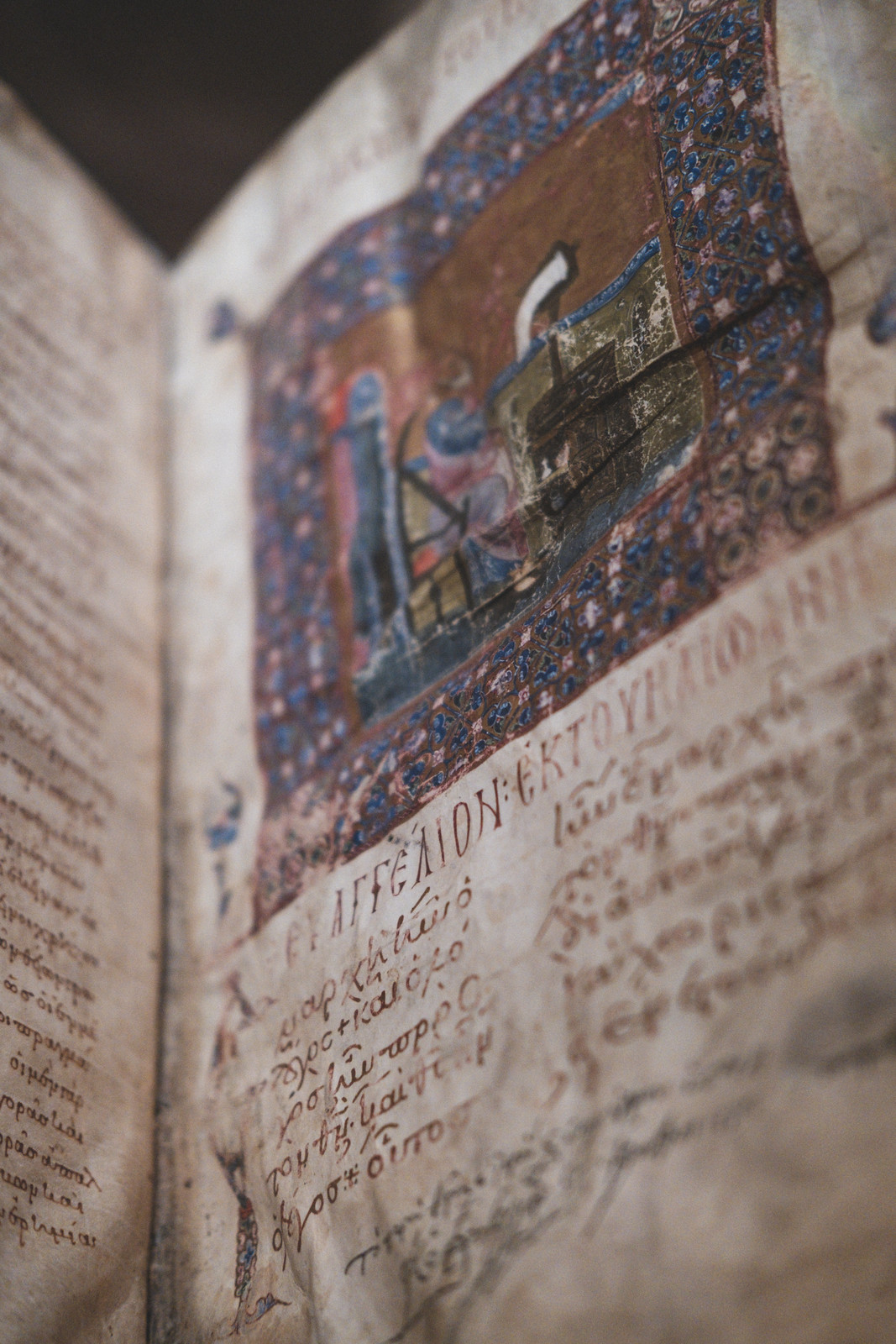






The Mandylion, also known as the Image of Edessa, was an imprint of Christ left behind on a cloth when he wiped his face with it on his way to Calvary. The cloth became a relic used by the kingdom of Edessa (modern Turkey) for protection, and it was eventually moved to Constantinople in the 10th century. Two images today are associated with the Mandylion: the Holy Face of Genoa, kept at the Church of St Bartholomew of the Armenians in Genoa, Italy, and the Holy Face of San Silvestro, held in the Matilda chapel in the Vatican Palace. While this triptych is not meant to be the Mandylion itself, it is meant to emulate it, emphasizing the importance of this relic to the Christian faith.



This collection of chalices, censers, a strainer, and a representation of the Holy Spirit in the shape of a dove, once belonged to a Christian church in Attarouthi, Syria, which was at the time one of the richest lands in the Byzantine Empire. These objects were used for the Eucharist (the rite whereby the host is blessed and it becomes the blood of Christ), and as per their inscriptions, many were offerings by local citizens.

While I’ve also always loved Egyptian art, I was at the time of this visit hyper-focused on it after having read When Women Ruled the World by Kara Cooney, which explores the rule of several female pharaohs throughout the history of Egypt. A little visit to the Egyptian collection was, of course, in order.
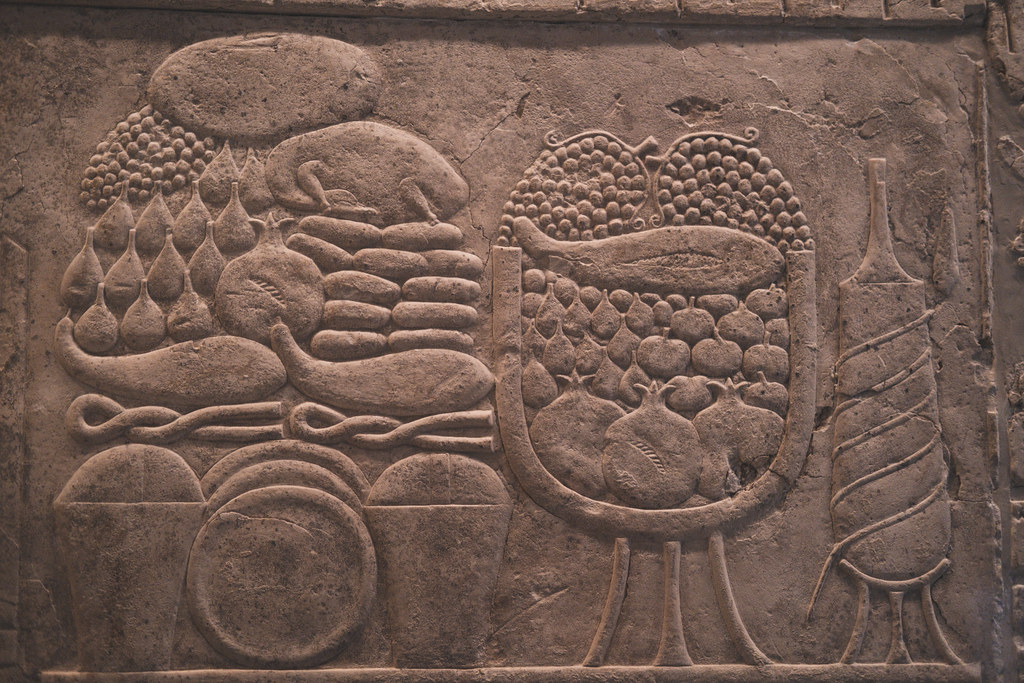





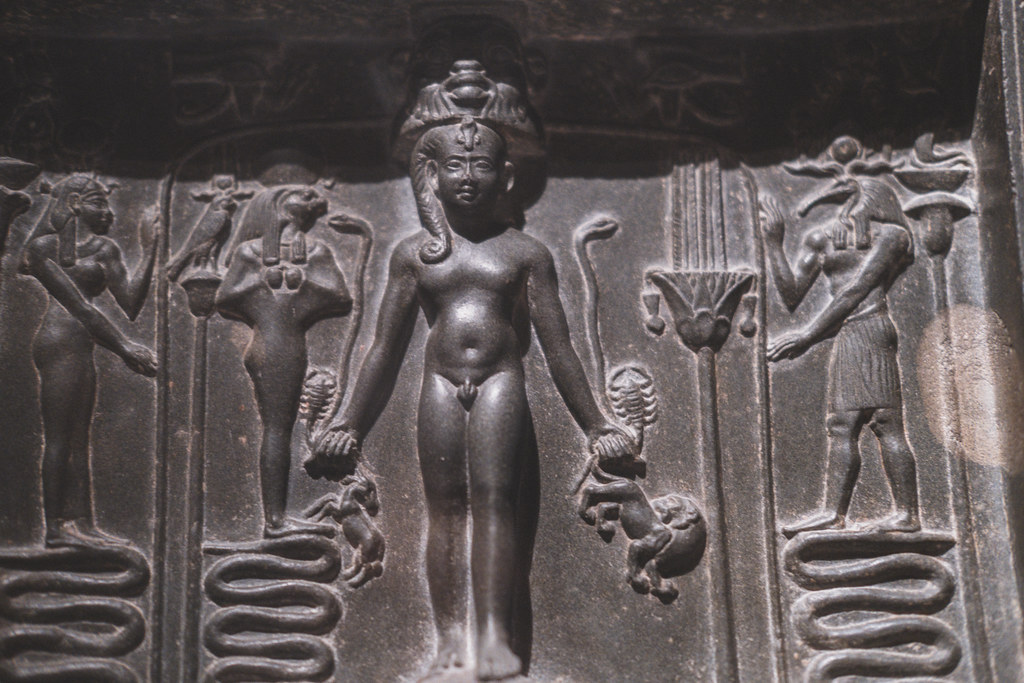
This stela was commissioned by the priest Esatum to be displayed in the public part of a temple. It is carved with thirteen magic spells to protect against venomous bites and wounds — as well as to treat the illnesses caused by them — and so it was meant to serve those who sought help at the temple for these ailments. The base includes the magic cure that worked on the infant Horus (son of Isis and Osiris), which was used by Thoth, the god of wisdom and writing.













The Amarna period was an era of Egyptian history led by Pharaoh Akhenaten and his queen Nefertiti (yes, that Nefertiti), who changed their capital city to Akhetaten (modern Amarna, hence the name of the period). It was characterized by the change in the country’s polytheistic religion to a worship of Aten over all other gods, as well as a more realistic depiction of the royal family and all officials in art. The affectionate nature of the carving above, showing two daughters of Akhenaten, is typical of the time.


